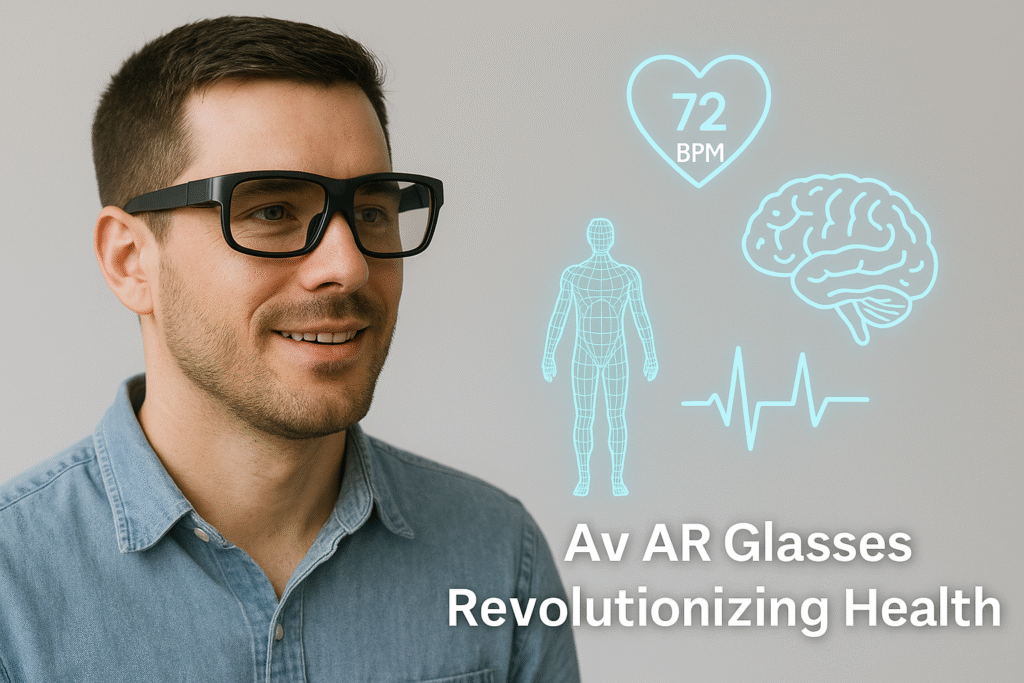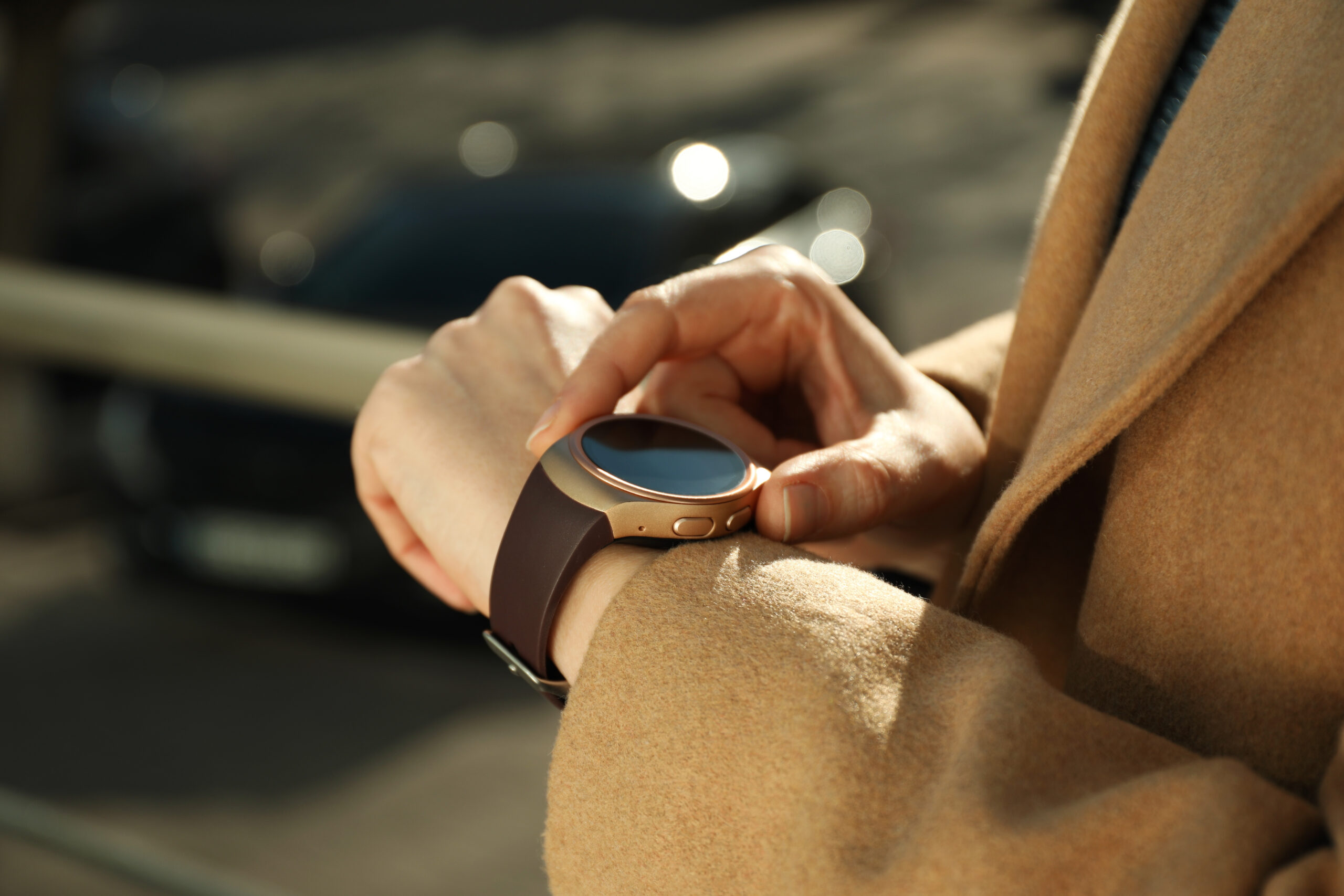Reality, Upgraded: How AR Glasses Are Quietly Rewiring Health and Human Connection
The first time I put on a pair of AR glasses, I expected something futuristic—maybe a sci-fi movie interface or floating menus like Iron Man. What I didn’t expect was

The first time I put on a pair of AR glasses, I expected something futuristic—maybe a sci-fi movie interface or floating menus like Iron Man. What I didn’t expect was something so human: standing in a quiet clinic while a stroke patient used digital overlays to relearn how to reach, balance, and walk. He wasn’t in a simulation. He was in the real world—only enhanced.
That moment changed how I saw augmented reality. AR isn’t about escape. It’s about elevation. And it’s changing how we diagnose, treat, and understand health—often in ways that don’t make headlines.
What Are AR Glasses, Really?
Augmented Reality (AR) glasses—like Meta’s Ray-Ban Meta Smart Glasses or Microsoft HoloLens—overlay digital information onto the real world. You can still see your surroundings, but now there’s a digital layer: vital signs in your field of vision, translated patient charts, or real-time rehab cues guiding movement.
Unlike VR, which immerses you in a digital world, AR enhances your current one—making it especially valuable in healthcare, where context matters.
How AR Glasses Are Revolutionizing Health

- Surgical Overlays
Surgeons can visualize 3D anatomical models over a patient’s body in real time, improving accuracy and outcomes during complex procedures. - Rehabilitation & Physical Therapy
Stroke and injury patients can use AR glasses to receive real-time feedback as they move, helping correct gait, posture, and motor function with visual and auditory prompts. - Medical Training
Students can walk through live anatomy lessons or simulated diagnoses with digital overlays guiding them in real clinical environments—no cadavers required. - Elder Care Support
AR glasses can help seniors with dementia recognize loved ones, navigate homes safely, or get real-time medication reminders—all while promoting independence. - Emergency Medicine & Remote Care
AR-equipped paramedics can transmit what they see to ER doctors, while receiving on-screen triage support or vital sign feedback—all in the middle of crisis response.
Why AR Wins Over VR in Clinical Use
While VR requires isolation from the real world, AR lets users remain present, aware, and engaged with their environment—making it ideal for healthcare settings.
For doctors, nurses, or patients, being hands-free and data-aware at the same time could mean faster diagnosis, better outcomes, and more personalized care.
The Growing Competition: Meta, Apple, Microsoft… and Now Google
The AR health race is heating up—and it’s not just one company in the game.
- Meta has positioned itself early in the AR market with its Ray-Ban Meta Smart Glasses and its ongoing push to blend social interaction, AI, and wearable tech. Meta’s angle is lifestyle + utility, but its partnerships in health tech are growing.
- Microsoft HoloLens is already being used in hospitals and medical schools. While bulkier and more enterprise-focused, it offers precision and depth unmatched in surgical or anatomical education.
- Apple recently entered the mixed reality space with Apple Vision Pro, which straddles AR and VR. While the first-gen version is geared toward productivity and media, insiders suggest healthcare integrations—including vision tracking, mental health monitoring, and biometric overlays—are just a few updates away.
- Google, once written off after its early missteps with Google Glass, is quietly staging a return. Its new-generation AR prototypes are sleeker, more capable, and backed by its powerful AI infrastructure. Google’s strength lies in integration—with Android, Google Fit, Search, Maps, and potentially real-time health insights powered by Google Health and DeepMind.
This competition isn’t just about who can build the coolest wearable. It’s a race to own the augmented health experience—and whoever gets there first may shape the future of patient care, digital health ecosystems, and everyday wellness.
What Still Needs Work
As promising as AR glasses are, key challenges remain:
- Affordability: High-end AR headsets still cost thousands of dollars. Mainstream use in clinics or homes depends on mass-market pricing and insurance coverage.
- Design for Diversity: Many AR tools lack accessibility for people with vision impairments, non-English speakers, or neurodivergent users—design must become more inclusive.
- Privacy and Ethics: AR glasses can collect eye tracking, spatial data, and patient interactions. Without clear privacy rules, this can easily become a surveillance risk.
- Fatigue and Trust: Wearing AR glasses long-term can cause eye strain, disorientation, and user fatigue. Patients need to trust the tech—not feel overwhelmed by it.
Seeing What Really Matters
The promise of AR glasses isn’t in replacing people or doctors—it’s in helping us see better: deeper, earlier, and more empathetically.
They remind us that the future of health won’t just be about pills or procedures. It will be about information at the right time, in the right context, delivered seamlessly—sometimes just a few millimeters from your eyes.
If we build with care, transparency, and inclusion, AR glasses won’t just change how we see the world.
They’ll help us care for it.
By Izzy Malcolm for Ravoke.com








